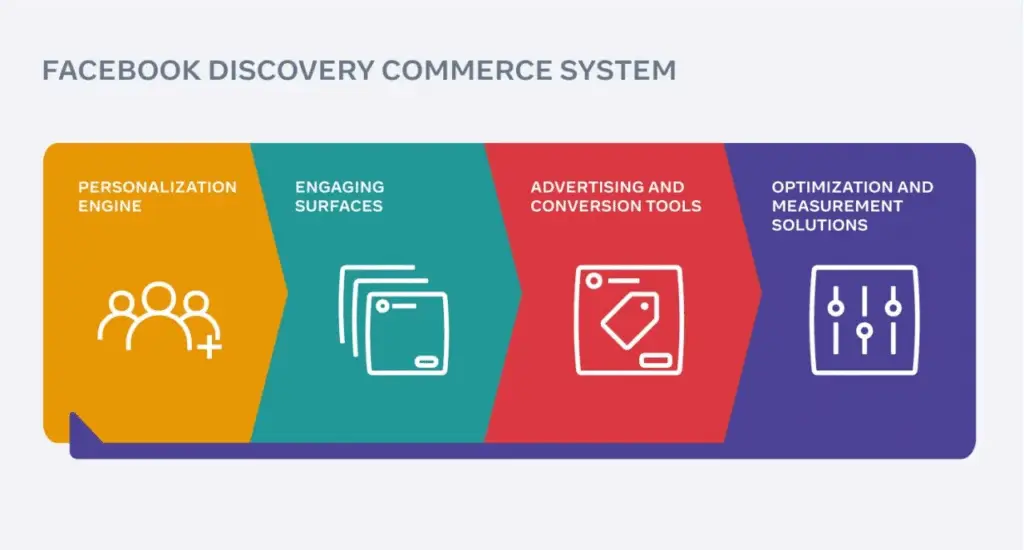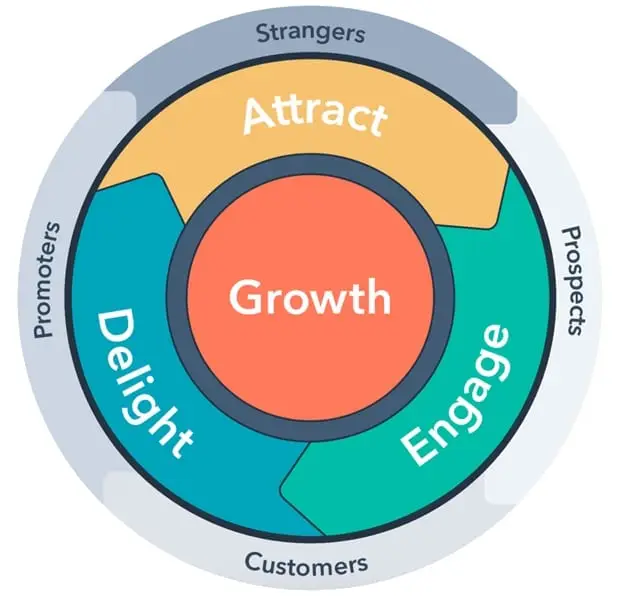This blog is the second installment in our series on optimizing the customer journey, building upon the foundational concepts introduced in our first post. In the introductory blog, we explored the overarching framework of the customer journey and its critical stages, setting the stage for deeper exploration. Now, we focus on the discovery phase, a pivotal step where potential customers first encounter your brand and products.
The discovery phase, where potential customers first become aware of your products or services, is often the most challenging yet rewarding part of this journey. With the rise of discovery commerce, businesses are shifting from purely transactional online shopping experiences to creating moments of delight and engagement that guide customers to unexpected purchases.
This blog explores how digital catalogs can be a powerful tool in building the discovery phase of the customer journey. It focuses on expanding reach, offering personalized content, and fostering customer engagement.

Understanding the Discovery Phase of the Customer Journey
Customers explore products, gain awareness, and develop interest during this phase. It’s less about immediate conversions and more about capturing attention, sparking curiosity, and encouraging exploration. In this phase, customers often don’t know exactly what they want—they’re simply browsing, exploring options, and getting inspired. As businesses, the goal during this phase is to gently guide them toward products, ultimately leading to purchasing intent.
Traditional e-commerce focuses on intentional shopping, where users search for specific items. However, as highlighted by Facebook’s Meta Discovery Commerce article, discovery commerce focuses on reaching consumers who might not yet know they need your product. This proactive, personalized approach helps businesses unlock new audiences and drive engagement by matching products to people based on their interests and behaviors, creating opportunities for unplanned purchases.

Unlock And Delight New Audiences Through Discovery Commerce
Discovery commerce enables businesses to guide buyers through the entire process from discovery to purchase without requiring customers to search for products actively. According to Meta, this method seamlessly integrates product discovery into daily browsing activities, offering potential customers a more effortless path to purchasing. The unexpected nature of these experiences, where customers come across products they weren’t actively seeking, adds an element of surprise and delight that enhances brand loyalty.
Unlock, Delight, and Engage
The goal of using digital catalogs in the discovery phase is threefold: unlock new audiences, delight users, and engage them with interactive content.
- Attract & Unlock: Using digital catalogs as a creative asset for social posts, email content, or even embedded on websites allows businesses to reach new customers. For example, Offerista’s campaigns help businesses reach previously untapped audiences, expanding their reach and visibility.
- Delight: Personalized promotions, product recommendations, and immersive content—such as videos and interactive hotspots—help to captivate customers. Brands can surprise and delight their audience by curating a shopping experience tailored to the user.
- Engage: Interactive catalogs, complete with features like clickable product hotspots, shoppable videos, and forms for gathering user feedback, ensure customers remain engaged longer. This not only boosts brand awareness but also increases the likelihood of conversions.

Source: Hubspot
The Role of Digital Catalogs in the Discovery Phase
Digital catalogs are a perfect fit for the discovery phase. They offer an immersive, visually rich, and interactive experience that encourages users to explore products at leisure. These catalogs can act as both a browsing tool and a marketing asset, seamlessly integrating into social media marketing campaigns, SEO efforts, and email marketing strategies.
Online Discovery Through Interactive Catalogs
One of the most significant benefits of using digital catalogs during the discovery phase is their ability to attract potential customers online. When designed strategically, digital catalogs can boost visibility through search engine optimization (SEO) and social media marketing.
For instance, a well-optimized catalog with relevant keywords can appear in search engine results, drawing in users searching for products within your niche. Social media platforms also provide an ideal space for sharing catalogs, allowing businesses to engage audiences. As discussed in the Retail Council of Canada’s article on discovery commerce, catalogs offer businesses a creative asset that can capture user attention, particularly on platforms like Instagram and Facebook. Sharing digital catalogs on social platforms enhances reach, with users discovering products they hadn’t actively searched for.

Engaging Online Browsing Experience
Creating an engaging browsing experience is essential for keeping potential customers interested. Digital catalogs allow businesses to go beyond static product images by incorporating interactive features such as clickable product hotspots, videos, GIFs, and shoppable content. These features mimic an in-store browsing experience, where customers can closely examine products before purchasing.
Moreover, by including videos or GIFs in catalogs, businesses can showcase products in use, providing a more dynamic and appealing look at what’s being offered. For example, Capitol Lighting utilized digital catalogs for their social media campaigns, combining visually engaging content with the option to purchase directly through shoppable links.

Source: Capitol Lighting Instagram
Personalization and Audience Expansion During the Customer Journey
Personalization is a key factor in the discovery phase. Customers seek products that resonate with their preferences and interests as they browse. Digital catalogs can be personalized based on user data—such as past browsing behavior, purchase history, or location—making the content more relevant and appealing to individual customers.
Personalization is crucial in guiding users toward products they may not have considered otherwise. Businesses can leverage dynamic product recommendations within digital catalogs, matching products to users based on their preferences. This delights customers and encourages them to explore and purchase products that align with their unique tastes.
In terms of audience expansion, platforms like Offerista allow businesses to expand their campaign reach by distributing digital catalogs to new audiences across various platforms. Offerista uses digital ads and catalog distribution methods to broaden businesses’ audience base, ensuring more potential customers discover their products. Businesses can unlock fresh opportunities to reach previously untapped markets by distributing digital catalogs on different platforms.

Source: Retalon
Successfully enhance your customer journey
The discovery phase of the customer journey is critical for setting the stage for future purchases and customer loyalty. Digital catalogs offer businesses unique opportunities to create engaging, immersive experiences that unlock fresh audiences, delight customers with personalized content, and foster deeper engagement.
By leveraging discovery commerce strategies, businesses can guide customers through a seamless journey, from discovery to conversion, transforming passive browsers into loyal buyers. Create a digital catalog on the Publitas platform. Experience catalogs can be a valuable creative asset and tool in the discovery phase of the customer journey.


